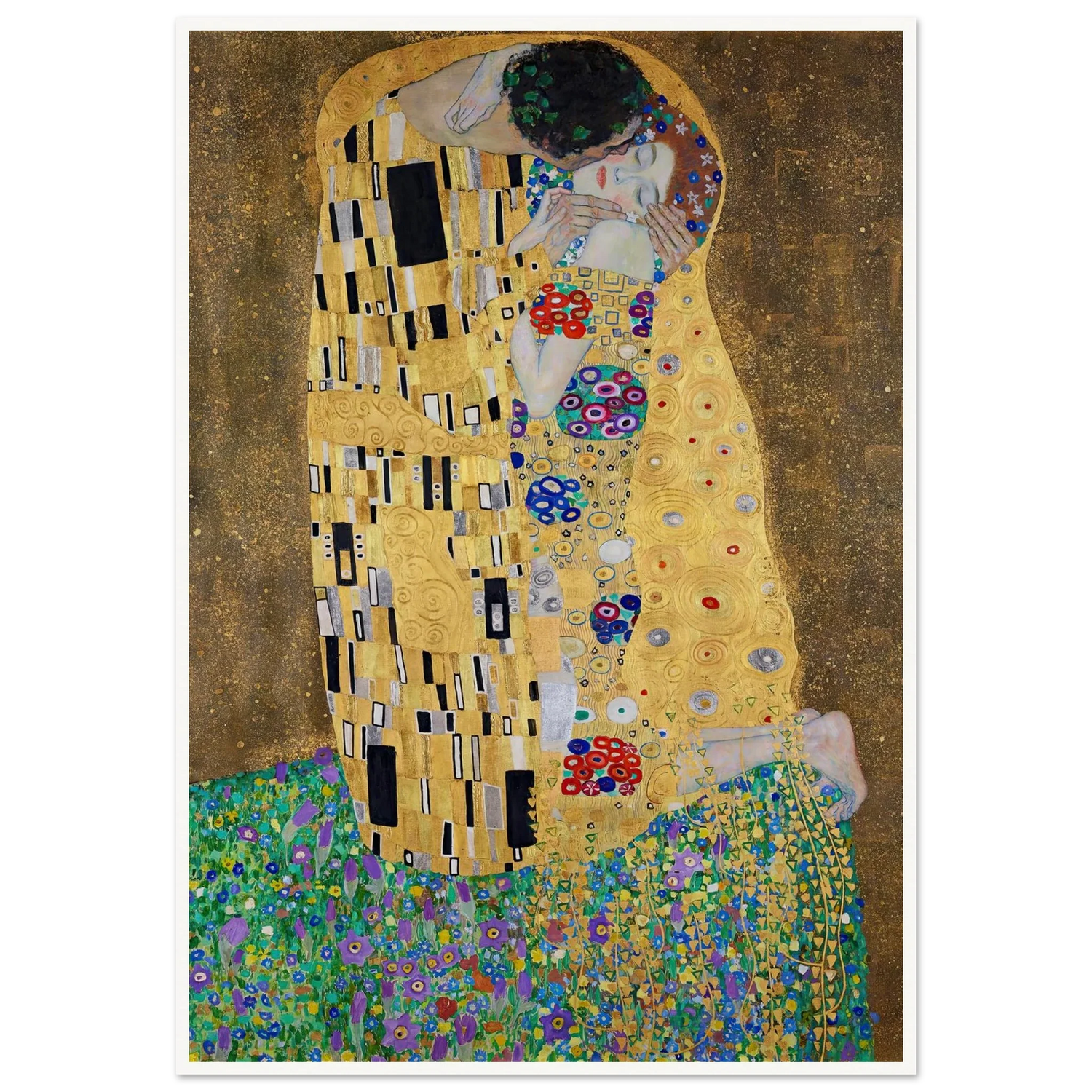The Colors of Madness: Psychological Depth in Van Gogh’s Portraits
Share
Van Gogh’s portraits are more than depictions of faces. They are windows into a mind that oscillates between brilliance and instability. Painted in the final decade of his life, these works convey psychological intensity through color, brushwork, and composition. Each portrait is a study of character, mood, and the human condition.
Take Self-Portrait with Bandaged Ear (1889) for example. The gaze is direct yet haunted, the eyes reflecting both suffering and a strange vitality. The background is a turbulent green, and Van Gogh’s strokes create a sense of movement around the figure. The bandage is not merely a physical mark. It signifies the vulnerability, pain, and inner chaos that shape the portrait. The colors do not soothe; they confront.

In Portrait of Dr. Gachet (1890), the emotional resonance is subtle yet profound. The melancholic pose, the drooping hands, the eyes that seem to look both outward and inward, are rendered with fluid, expressive brushstrokes. The purples and violets of the background contrast with the orange tones in the face, producing tension that mirrors the psychological complexity of both sitter and artist.

Van Gogh’s technique is integral to this psychological reading. He uses thick impasto to give weight and texture to emotions. Colors are chosen to evoke feeling rather than realism. Yellows may flicker in cheeks, blues may darken around the eyes, reds may pulse in the lips. These choices transform each face into a landscape of emotion, revealing mental states with almost brutal honesty.
In lesser-known portraits, like those of Joseph Roulin or Agostina Segatori, Van Gogh applies the same principles. Faces are not passive. They interact with light, space, and color to convey mood, relational tension, and a sense of impermanence. There is a constant negotiation between observation and imagination, between representation and psychological truth.
Van Gogh’s portraits invite reflection on the human condition. They are at once intimate and universal. Through color, line, and gesture, he conveys the frailty and intensity of life, the oscillation between serenity and turmoil, and the luminous potential within psychological struggle. These works are a testament to the artist’s ability to translate inner reality into visual form.





